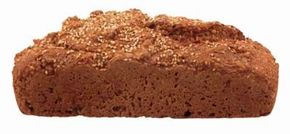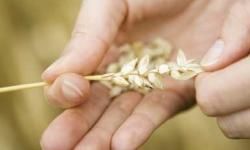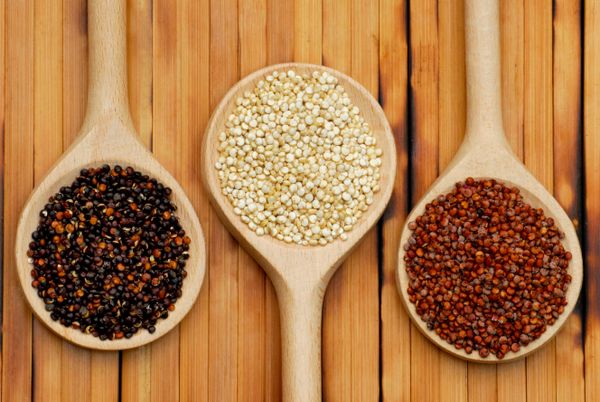Advertisement
Q. In the grocery store, I see packages marked as "whole grain," but I don't know exactly what the term means. What is the difference between packages marked as "whole grain" compared to those marked "stone-ground" or "100% wheat"?
A. Research shows that eating whole grains such as oatmeal, whole-wheat bread, and brown rice as part of a healthy diet can help reduce the risk of heart disease, some types of cancer, and Type-2 diabetes.
Oats are especially beneficial, having been shown to reduce cholesterol. They also may help regulate blood sugar levels and can aid weight control.
Advertisement
So what makes whole the way to go?
When grains are refined, nutrient-dense and fiber-rich layers of bran and germ are milled away to expose the soft, easily digestible interior, or endosperm. The endosperm contains most of the carbohydrate and protein; the bran contains much of the B-vitamins, minerals, and fiber; the germ -- the part of the grain where a new plant sprouts -- is rich in B-vitamins, heart-healthy oils, minerals, and some protein.
Oats, which contain an array of vitamins, minerals, and antioxidants (as well as more protein than other common cereals), are always used whole. This means they are high in fiber, and researchers think that fiber, vitamins, minerals, and other substances in whole foods such as oats work together to provide maximum nutrition and health benefits.
Finding whole-grain foods is easy, once you know what to look for. When you scan a product's ingredient list, whole-grain foods will list a whole grain -- such as wheat, oats, corn, or rice -- as the first ingredient. You'll know it's whole grain if the words "whole" or "whole grain" appear before the grain's name. Don't be fooled by a healthy-sounding product name, especially on breads: Terms like "stone-ground," "100% wheat,'' "cracked wheat," "multigrain," or "bran" do not necessarily mean the product is made from a whole grain.
Six to 11 servings of grains and starches a day are recommended, depending on your activity level and size. Does that seem like a lot? It isn't, really. Eight servings of starches in a day goes something like this: 1 cup cooked oatmeal at breakfast (2 servings); baked potato with chili beans at lunch (3 servings); and 1 cup of pasta and a slice of bread at dinner (3 servings).
Whatever your needs, be sure that you are eating whole grains whenever possible, rather than refined grains. These days you can even buy pasta made with a variety of whole grains, as well as high-protein soy flour.
Here are some easy ways to get more whole grains into your meal plan:
- Instead of cracker crumbs or bread, add 3/4 cup oats per pound of lean beef or ground turkey breast for your meatloaf, meatballs, burgers, and taco filling.
- Replace white rice with oats, barley, or bulgur when making rice pilaf.
- Make oat flour by whirling quick or old-fashioned oats in a blender. Substitute the oat flour for up to 1/3 of the all-purpose or bread flour called for in recipes for cakes, cookies, muffins, breads, and fruit crisps.
- Make your favorite rice pudding recipe with brown rice instead of white. For tender brown rice, soak the rice in the measured amount of water the recipe calls for an hour or more before cooking the rice in the same water.
Advertisement
Now that you know more about why whole grains are good for you, it's time to start incorporating them into your diet. For some delicious whole-grain recipe suggestions, visit:
- Whole-Grain Banana Bread
- Thin-Crust Whole Wheat Veggie Pizza
- Fruited Granola
- Honey Whole-Grain Bread
- Curried Walnut Grain Burgers //]]]]> ]]>
Advertisement


